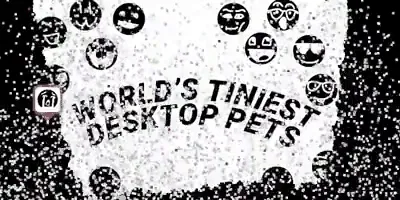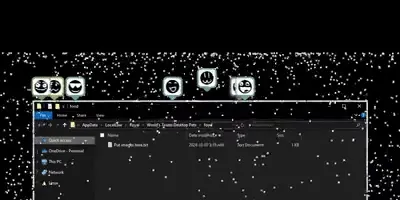
Ludum Dare 56 presented the theme “Tiny Creatures,” which immediately sparked our team’s imagination around miniaturization and scale. After several successful collaborative game jams, we wanted to tackle something technically ambitious while maintaining the accessibility and charm that made our previous entries successful.
World’s Tiniest Desktop Pets emerged from our exploration of the virtual pet genre combined with desktop integration concepts. We envisioned a large-scale simulation where players could interact with thousands or millions of desktop pets.
Our goal was to create a relaxing yet engaging experience that would showcase advanced simulation programming while providing the addictive progression mechanics that make virtual pet games compelling.

Primary Technologies:
Advanced Systems Developed:
Rationale Behind Technology Choices: Unity was selected for its maturity and desktop integration capabilities. The engine’s Compute Shader system allowed us to handle large-scale simulations efficiently, while C# provided the structure needed for set-up, tear down, and other systems which couldn’t be done on the GPU.

Large-Scale Entity Management:
Advanced AI Implementation:
High-Performance Game Development: Developing World’s Tiniest Desktop Pets provided intensive experience with performance-critical programming and large-scale simulation development. Working with Unity’s advanced systems taught valuable lessons about optimization, parallel processing, and efficient memory management.
AI and Simulation Programming:
Systems Architecture:

Jam Results:
Innovation Impact: World’s Tiniest Desktop Pets demonstrates the potential for game jams to produce technically sophisticated projects that push the boundaries of what’s achievable in constrained timeframes. The large-scale simulation techniques developed for this project have applications in crowd simulation, ecosystem modeling, and other complex systems.
Legacy and Future Applications: The performance optimization techniques and simulation architecture developed for this project continue to influence approaches to large-scale entity management in subsequent game development projects. The technical solutions serve as a foundation for more ambitious simulation projects and demonstrate the value of performance-focused development practices.